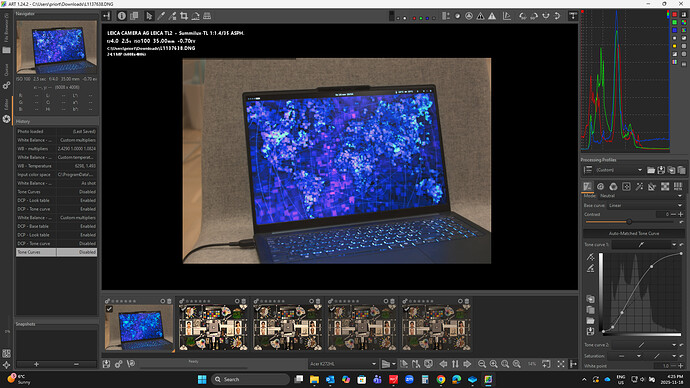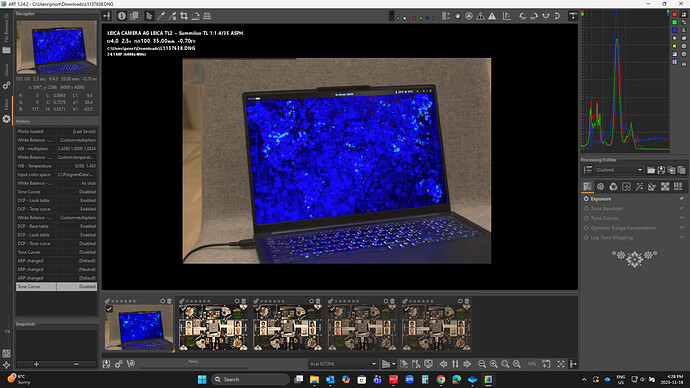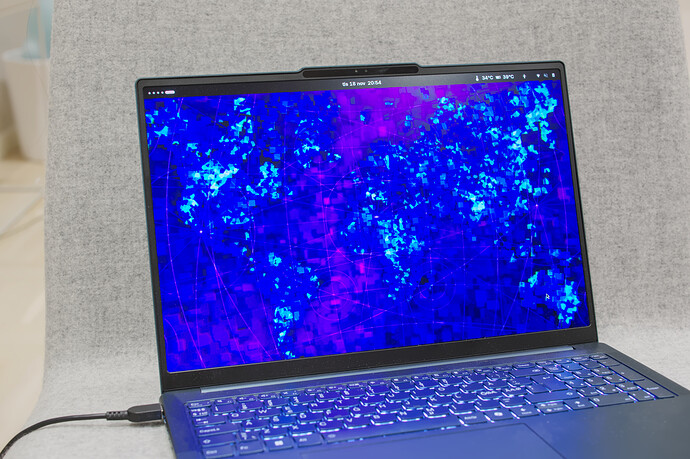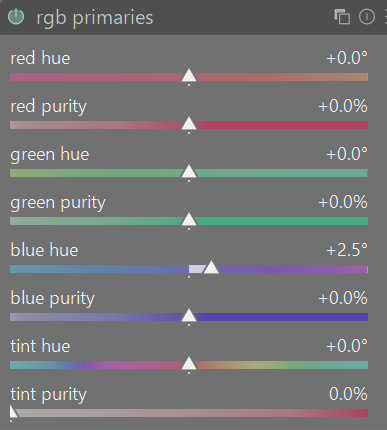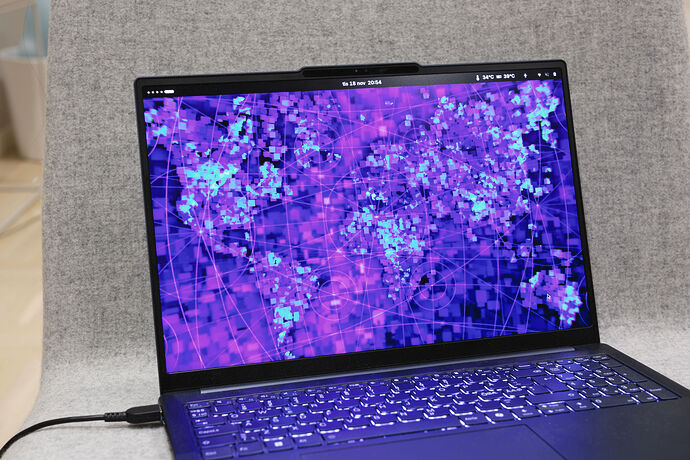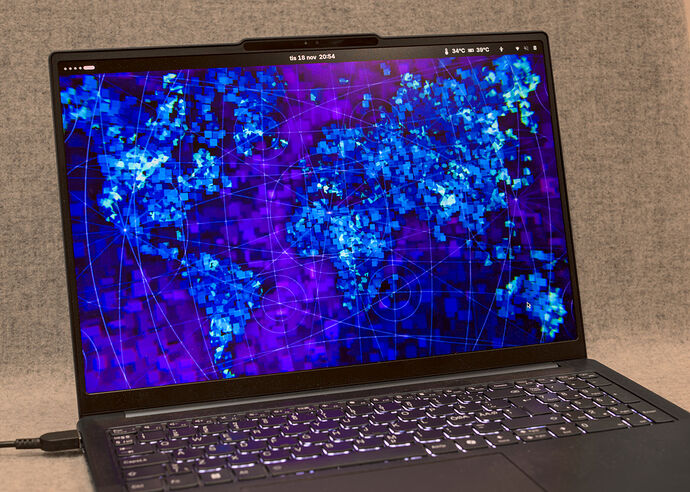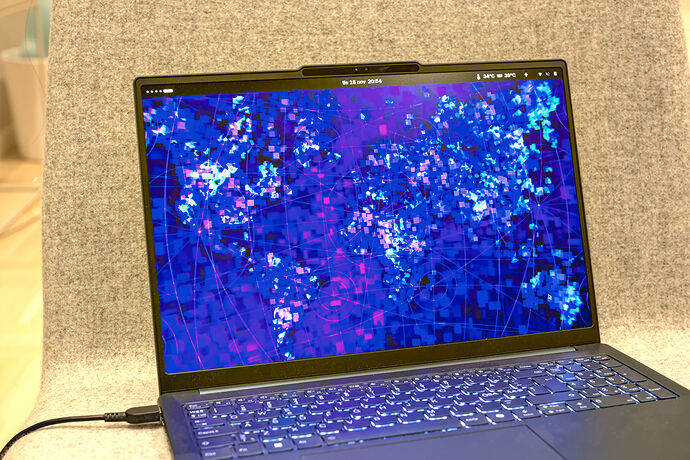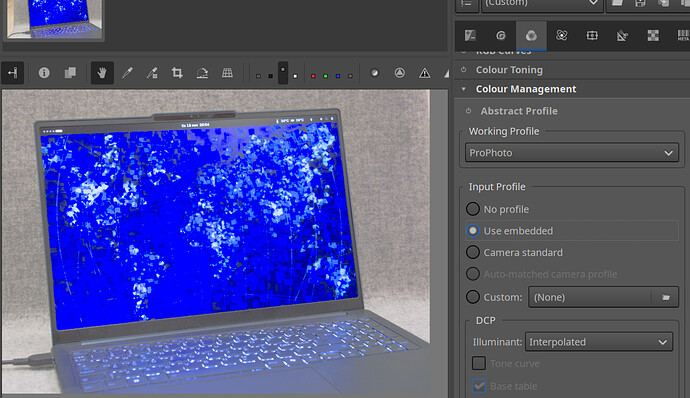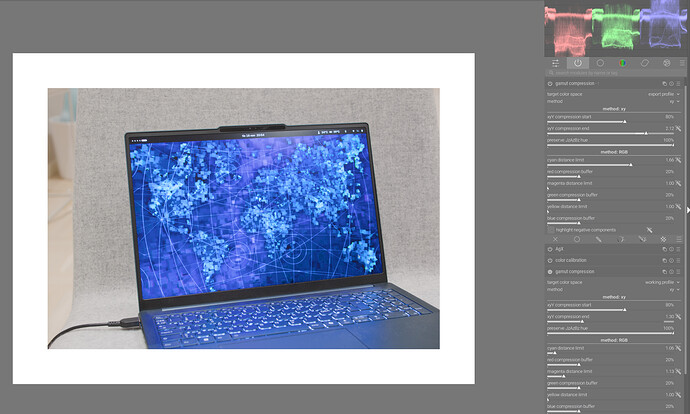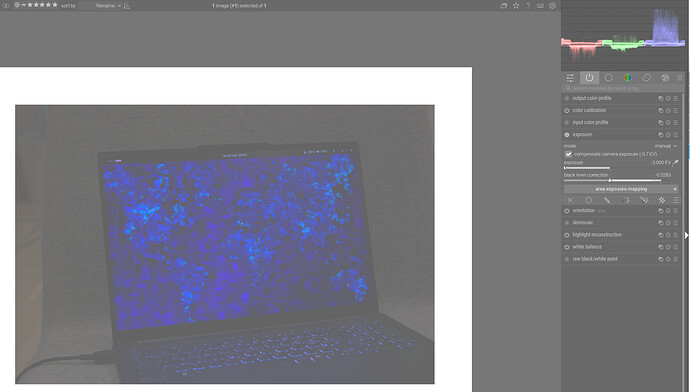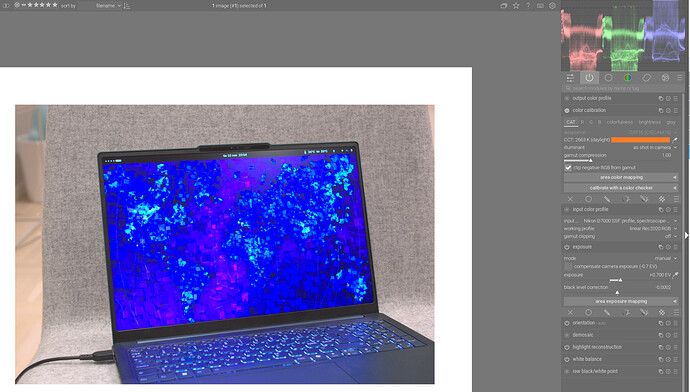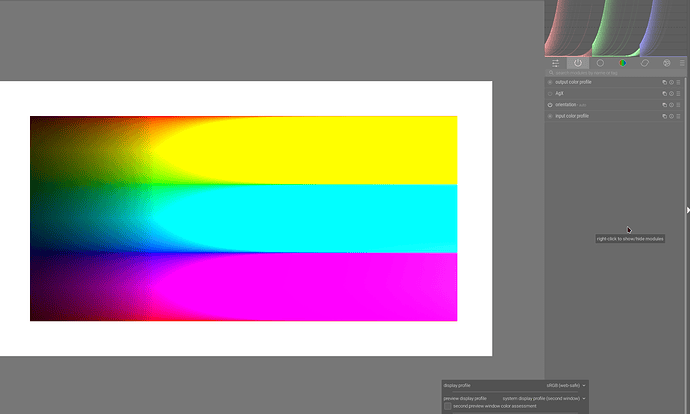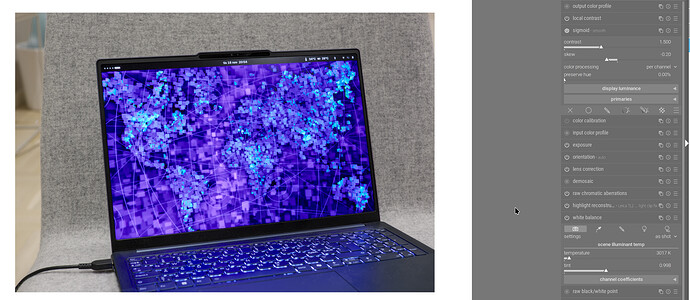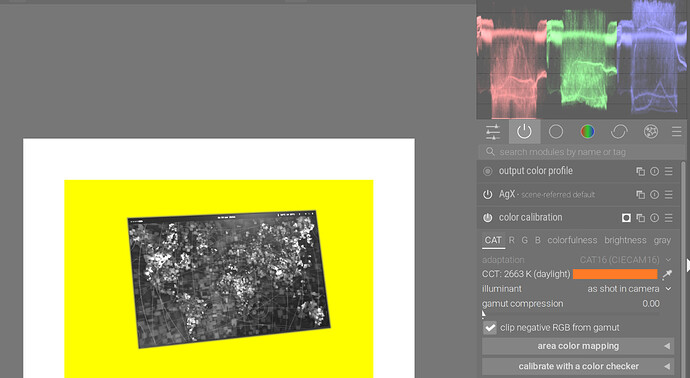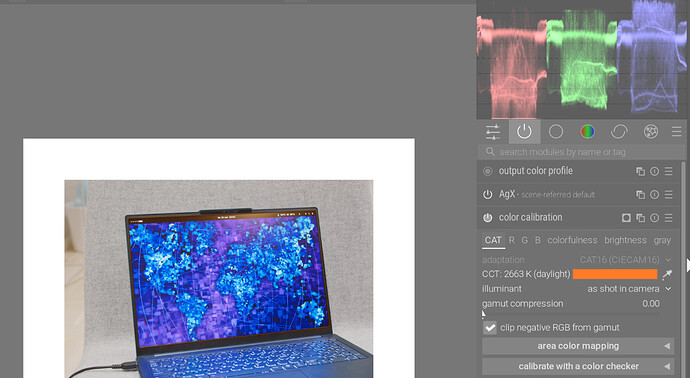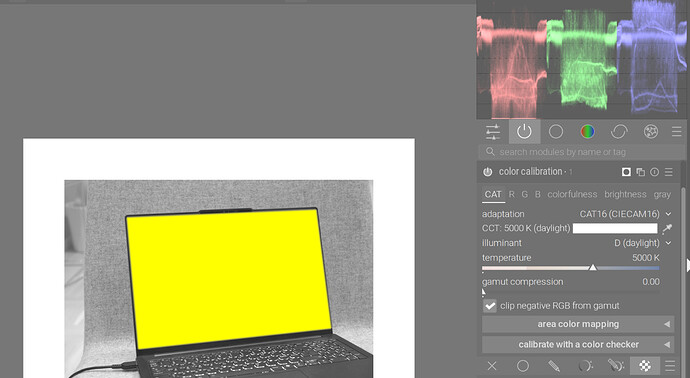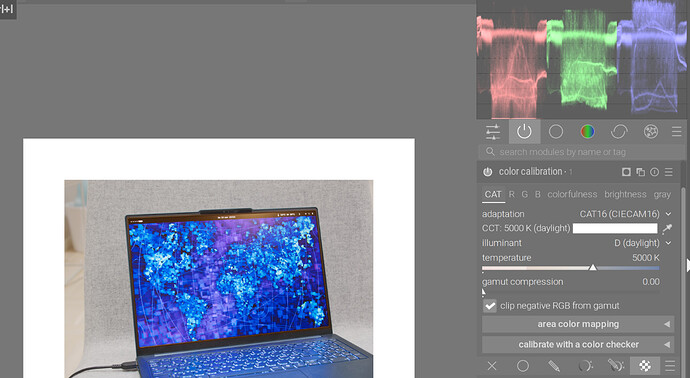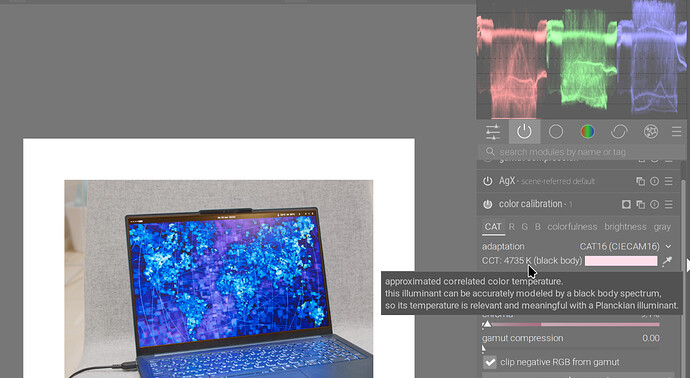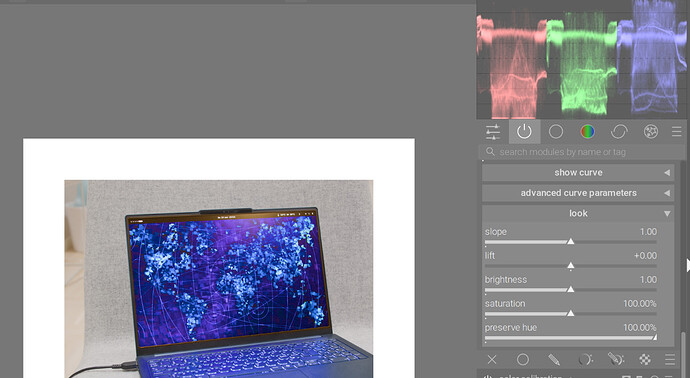The linked article is fairly misleading in a couple of respects. Purple is no more or less “real” than any other color, as all color perception is an imagination of our brains. The only real thing is energy in differing levels parcelled in something we model as “photons”.
The article seems to me to convey a misunderstanding of how our color vision works, (with the caveat that nobody fully understands all aspects of our sense of vision). It refers to purple as a “non-spectral color” which is correct in that there is no single partition of the visible spectrum that we will identify as “purple” (-- so we will not be able to construct a laser that emits monochromatic “purple”). The same goes, however, for e.g. “brown”, albeit for totally different reasons.
The central point is that all normal perception of color, including primary colors, by humans with normally functioning trichromatic visual sense, is the result of triggering of more than one of the three kinds of cone sensors cells. In this respect “purple” is no different from any other color we sense. Moreover, there is a wide range of combinations of sensor signals from two or three cone types, that can result in perception of the same color, again primary colors included.
Some quotes and comments:
“Purple is a combination of wavelengths from opposite extremes of the spectrum, which technically doesn’t make any sense, but our brains evolved a solution.”
“Technically sense”? If we talk about emission from a single incandescent light source, perhaps, but most of our visual perception is about reflected and filtered, not emitted, light.
“When we “see” a combination of blue and red wavelengths, the brain bends the visual spectrum into a circle that joins blue and red at the point of purple.”
The brain’s color system do of course work totally fine, including perceiving “purple”, fully independent of our human constructions of color circles etc. Our brains can even be trained, as part of a natural child development, to see purple without haven seen a rainbow.
“The problem with purple is that it isn’t supposed to be possible to create a color from wavelengths on opposite ends of the spectrum.”
“Supposed”, by whom? God? Evolution? The fact that we anyhow can see “purple” (and all other colors) just by being born into this world and beginning to see the day of light, without anybody teaching us about anything, demonstrate that our visiual sense anyhow is quite adaptive and complex. (That we need to be taught about how our color perception corresponds with verbal communications between humans, is a totally other dimension of color. Just to illustrate how little “technical” and how really complex our visual sense of color is: The degree of granularity in color expressions offered by the language we learn, impacts our ability to discern colors nuances.)
“purple is just your brain’s way of resolving confusion”.
For a brain that lies in a fairly dark box (the skull) and every second receives a myriad of nerve signals from our whole body, I posit that most (all?) sensing is the result of resolving confusion. (That’s why it takes e.g. some months to sort out where our body is and how to operate its various parts. Seeing, colors included, likely is a similar training act to create order in that we sense.





